General Overview Of CBDa
Introduction
The cannabis industry experienced a major turnaround in 2021 after scientists reported the possible role of cannabinoid acids THCa, CBGa, and CBDa in blocking the entrance of Covid-19 particles into the body.
This research report was a big deal since the world was recovering from the Covid-19 pandemic. The report sparked the interest of many people in the possible therapeutic potentials of overlooked cannabinoids like cannabinoid acids. These cannabinoids were initially neglected since most people believed they possessed little to no therapeutic significance.
Cannabinoids are unique compounds found in the flower of the cannabis and hemp plant. These compounds exist in different forms, and since they can interact with receptors in our body, they are known to have therapeutic potential. You must have heard about CBD, GBG, CBC, CBN, and THC, but that's just a fraction of all the cannabinoids in the cannabis plant. In fact, there are over 120 cannabinoids in the cannabis plant, and they all possess one important activity on the body or the other.
Cannabinoids exist as neutral and acidic molecules. In nature, they exist as acids and are later converted to neutral forms when they combine with enzymes or are exposed to environmental factors like heat or air.
CBDa is the acidic form of CBD. It is one of the most abundant cannabinoid in freshly harvested cannabis plants. While CBDa and CBD may share some similarities, there are some differences we need to know.
What is CBDa?
CBDa (cannabidiolic acid) is one of the acidic cannabinoids in the trichomes of cannabis. These trichomes are specialized structures on the surface of cannabis flowers, and they serve as a storehouse for cannabinoids, terpenes, and flavonoids. Although trichomes are found all over the plant, they mostly appear on the flower and leaves.
All cannabinoids come from cannabigerolic acid (CBGa) or the mother of all cannabinoids. The CBGa is then converted into three major cannabinoid compounds known as THCa (tetrahydrocannabinolic acid), CBDa (cannabidiolic acid), and CBCa (cannabichromenic acid). These acidic cannabinoids are then stored in the plant's trichomes and later converted to CBD, THC, and CBC after exposure to heat or air when the trichomes are harvested.
CBDa is the precursor compound that converts to CBD when fresh trichomes are exposed to heat or oxygen. This process is known as decarboxylation. Decarboxylation can happen instantly when the weed is smoked or vaped or slowly if the plant material is exposed to air during drying at room temperature or in the sun. Most available products in the market come from air-dried cannabis or hemp products hence the reason most products contain the neutral forms of the cannabinoids.
Obtaining CBDa in large quantities from the cannabis plant was always challenging since most of it is converted to CBD, leaving little to nothing for use. To increase the possibilities of obtaining CBDa in marketable quantities, scientists now process freshly harvested cannabis plants into tinctures, oils, edibles, juices, and topical creams.
Before now, research and use of CBDa were quite rare since it is mostly only associated with synthesizing CBD. Its products are now gaining much-needed attention thanks to raw cannabis juicing and the possible interaction between cannabinoid acids and Covid-19.
What are the therapeutic benefits of CBDa?
CBDa is a non-intoxicating cannabinoid, just like CBD. CBDa possesses some unique therapeutic benefits that are gaining more ground recently. First, its acidic nature interacts more easily with cannabinoid receptors than CBD. CBDa also shows a high level of absorption than CBD. Some researchers believe it is 5 times more easily absorbed than CBD. This means 4mg of CBDa is more likely to produce the same effect as 20mg of CBD. While most CBDa research is focused on animal models, researchers believe they can produce a similar effect when utilized on humans.
Some of the reported therapeutic potentials of CBDa are listed below;
Inflammatory pain
Researchers demonstrated how CBDa could reduce inflammation-induced pain in rodents. Inflammations arise from an overstimulated immune system. Inflammations can lead to chronic pain that can be reversed with immunomodulatory agents like cannabinoids, thus making CBDa a potential analgesic and immunomodulatory agent.
Nausea
Scientists have documented the role of CBDa in stopping chemotherapy-induced nausea in rats. While this was a combined research including other cannabinoids like CBD and THC, the high bioavailability of CBDa must have contributed greatly to the success of the research. The activity of CBDa was evaluated to be more effective at dealing with nausea than CBD.
Anxiety
CBDa can reduce anxiety by interacting with the serotonin receptors in the body. Serotonin is an important chemical that carries messages between your nerve cells, the brain, and throughout the body. The serotonin receptors are responsible for controlling mood, sleep, digestion, nausea, wound healing, bone health, and blood clotting.
Diet and genetic-induced obesity
The therapeutic potential of CBDa was documented in appetite reduction and weight loss and was found to trigger metabolic improvements in laboratory models suffering from obesity. This suggests a possible application of CBDa in assisting people dealing with obesity.
Breast cancer:
Laboratory studies reveal how CBDa can limit the activity of Cox-2 enzymes in breast cancer. This enzyme is responsible for the spread of cancerous cells, resistance to chemotherapy, and inflammation. By limiting its activity, CBDa can relieve cancer patients and even lead to clearing cancer cells out of the body.
Anti-covid activity
This was the hallmark of CBDa research as it demonstrated the possible antiviral activity of cannabinoid acids. The research discovered how cannabinoids could form a barrier that stops the entrance of COVID-19 viral particles to host cells. If well developed, this may be the ultimate solution to the Covid-19 crisis.
According to the research, CBDa, THCa, and CBGa can bind to the spike protein of the Covid-19 virus to prevent it from entering cells and causing an infection.
Antidepressant activity:
Antidepressant studies on CBDa show it can trigger relief and relaxation in rats at doses that are 10 to 100 times lower than CBD.
Anti-convulsant and anti-seizure activity:
CBDa can trigger anti-convulsant and anti-seizure activity, which is more pronounced than CBD. This may be important in reducing anxiety and seizures in individuals.
Other possible therapeutic potentials of CBDa may include
a. Improving sleep
b. Enhancing performance and recovery from exercise
c. Promoting alertness and clear thinking
d. Antioxidant activity
e. Antimicrobial activity when used as a topical
Is CBDa legal?
Hemp-derived CBDa and CBDa isolates are legal under the 2018 farm Bill. CBDa is non-intoxicating, just like CBD. As a precursor of CBD, it is legal and does not trigger a positive drug test. It is metabolized in the same manner as CBD.
Is CBDa safe?
CBDa produces mild side effects. Although there is limited information on its interaction with human cells or systems, CBDa is most likely to produce the same side effects as CBD with a higher possibility since it is more biologically active. Some of the possible side effects may include;
a. Low blood pressure
b. Dry mouth
c. Drowsiness
d. Mild mood changes
e. Lightheadedness
f. Negative drug interactions with prescription medications and alcohol. This is common with all cannabinoids.
CBDa VS CBD
CBDa and CBD share quite a few similarities and differences. Recall that CBDa is the precursor compound for synthesizing CBD. They are mostly present in the same cannabis or hemp strains since the concentration of CBDa determines the concentration of CBD. CBD and CBDa similarly engage the same cannabinoid receptors and produce an almost similar result, with CBDa producing the result at a lower dosage.
CBDa exhibits a higher level of interaction with receptors. It is 11 times more easily absorbed when taken by mouth. This means a lower dosage of CBDa will be required to produce a similar effect when using CBD. For example, 4mg of CBDa is equivalent to 20mg of CBD when used by humans. This is why CBDa may exhibit more potency than CBD. CBDa is less likely to mitigate the side effects of THC and other intoxicating cannabinoids.
BEST CBDa STRAINS
Cannabis strains with up to 15 percent CBD are most likely to contain CBDa in large concentrations. Some of the commonly found strains may include;
- Cannatonic
- Charlotte’s Web
- Cherry Wine
- Harlequin
- Hawaiian Haze
- Northern Lights
- Pennywise
- Remedy
- Ringo’s Gift
- Sour Space Candy
- Sour Tsunami
- Stephen Hawking Kush
- Suzy Q
- Sweet and Sour Widow
How to use CBDa products?
CBDa products are available as CBDa oils, CBDa tinctures, CBDa edibles, and topicals. These are used in the same manner as CBD products, with more emphasis on the dosage. Recall that CBDa is more potent at interacting with receptors than CBD and may trigger a similar effect at lower doses.
CBDa products are often labeled as "raw CBD” since any application of heat or long exposure to air can convert them to CBD. These products contain a high concentration of CBDa than CBD.
For safety purposes, we suggest you study the Certificate of analysis (COA) to know the concentration of each cannabinoid in the product you are about to use. The COA provides information on the terpene profile, concentration of cannabinoids, and possible heavy metal contaminants in the product.
CBDa vs. CBD products; which is best for me?
Except on a few occasions where CBDa outperformed CBD, they offer almost the same therapeutic benefits. They undergo the same metabolic processes and produce the same metabolites. Choosing between CBD and CBDa products can be tricky. However, we suggest you settle for CBDa products if you are interested in;
a. a more powerful benefit of CBD with a lower dosage.
b. Using THC, and you don't want your hemp products to decrease its effects. CBDa complements the activities of THC and other cannabinoids. Unlike CBD, it does not mask its effect but allows it to interact freely with the receptors.
Conclusion
CBDa and its products may offer many therapeutic benefits that are more pronounced than CBD. Its ability to engage with several receptors and other cannabinoids without tampering with their activity is worthy of note. While research on CBDa's therapeutic potential is still in its infancy, adequate care must be taken to note that it can change our perspective on cannabis and hemp medicine.
Need a little more Bluntness in your life? Subscribe for our newsletter to stay in the loop.
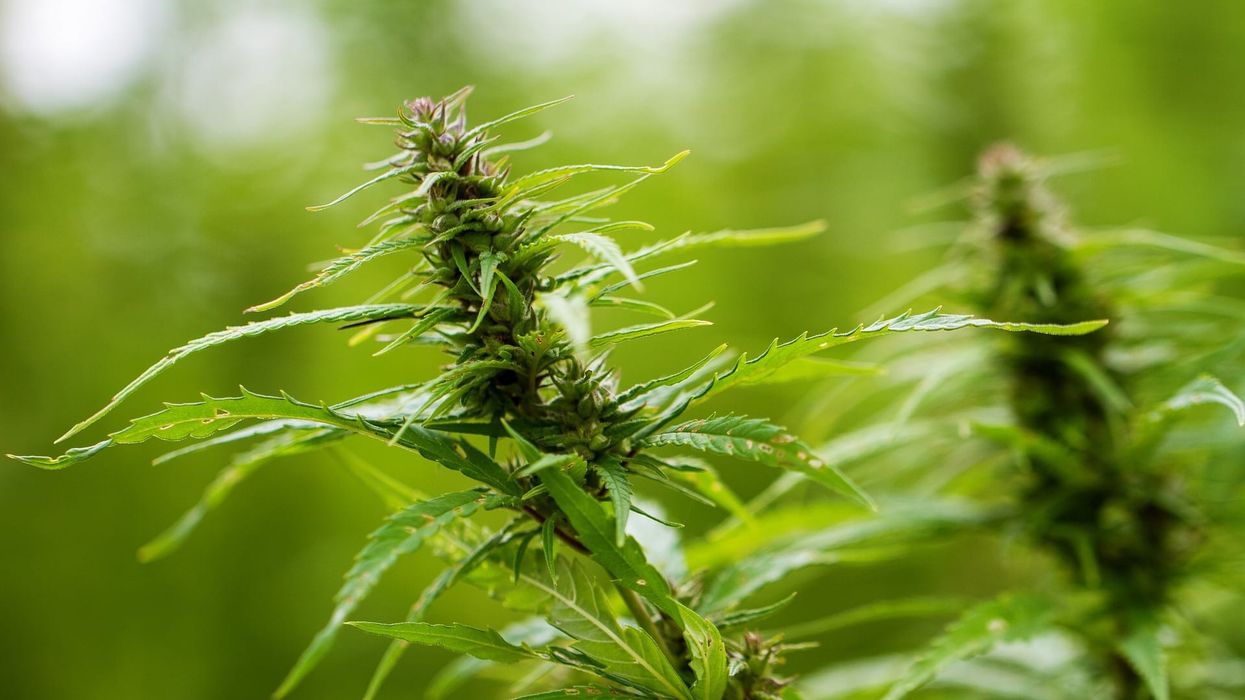


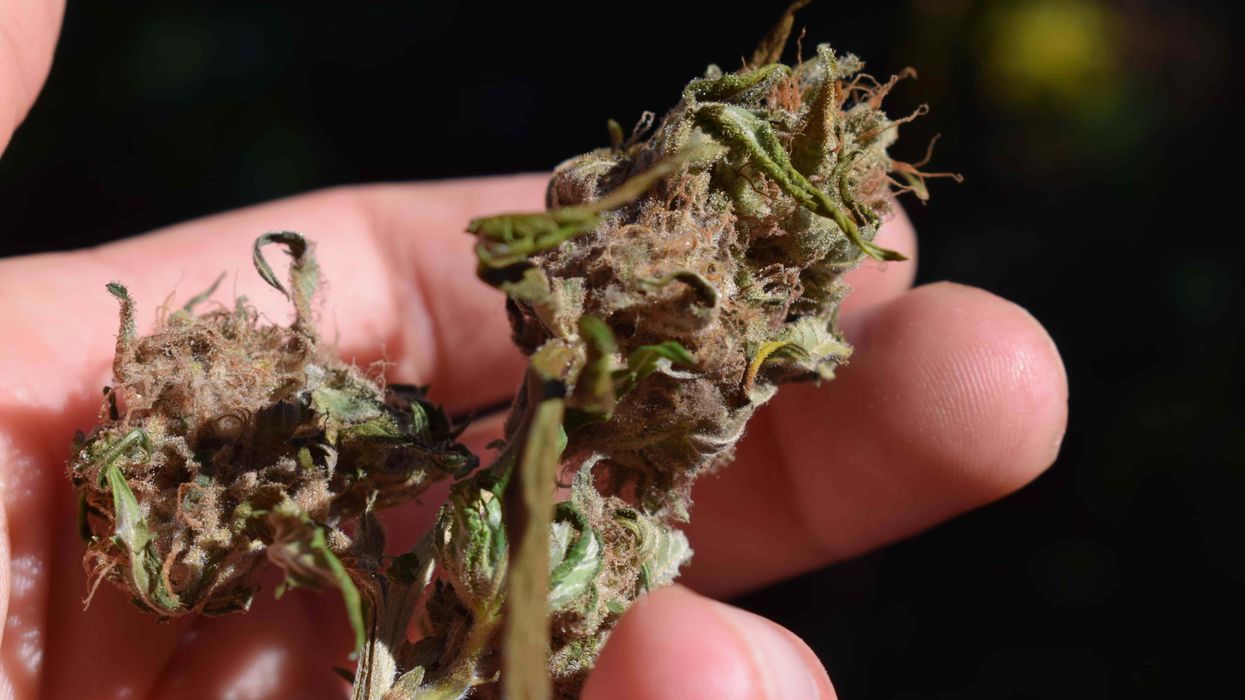
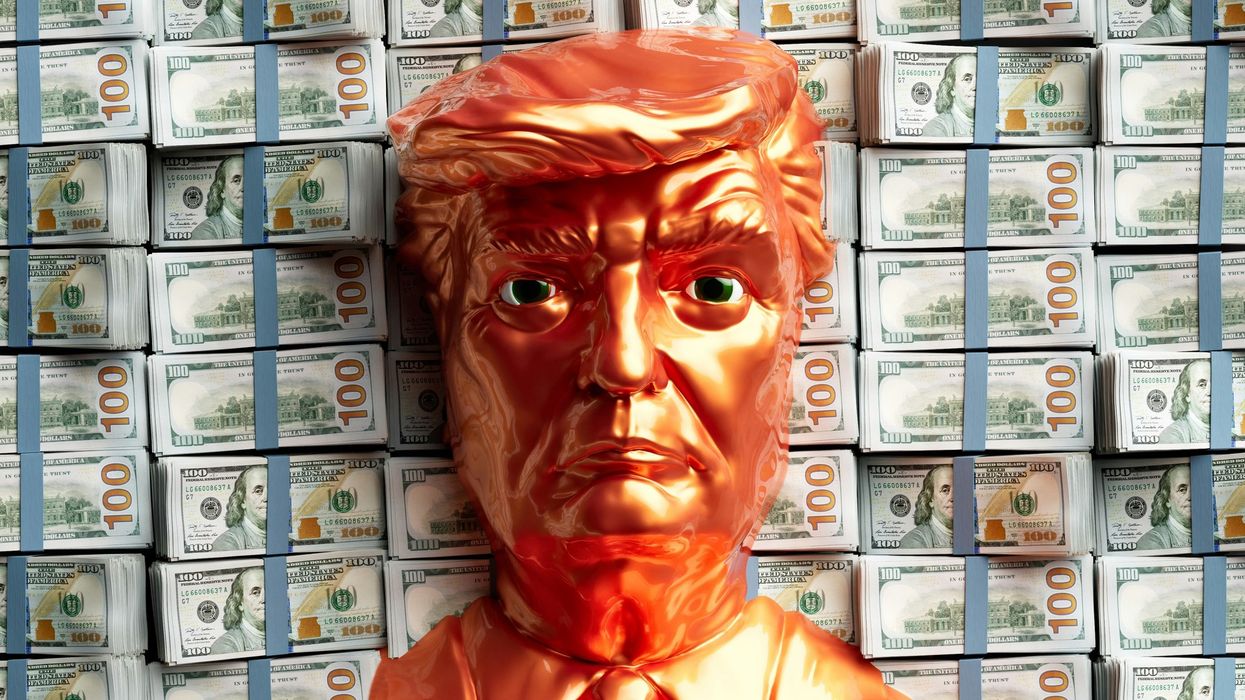
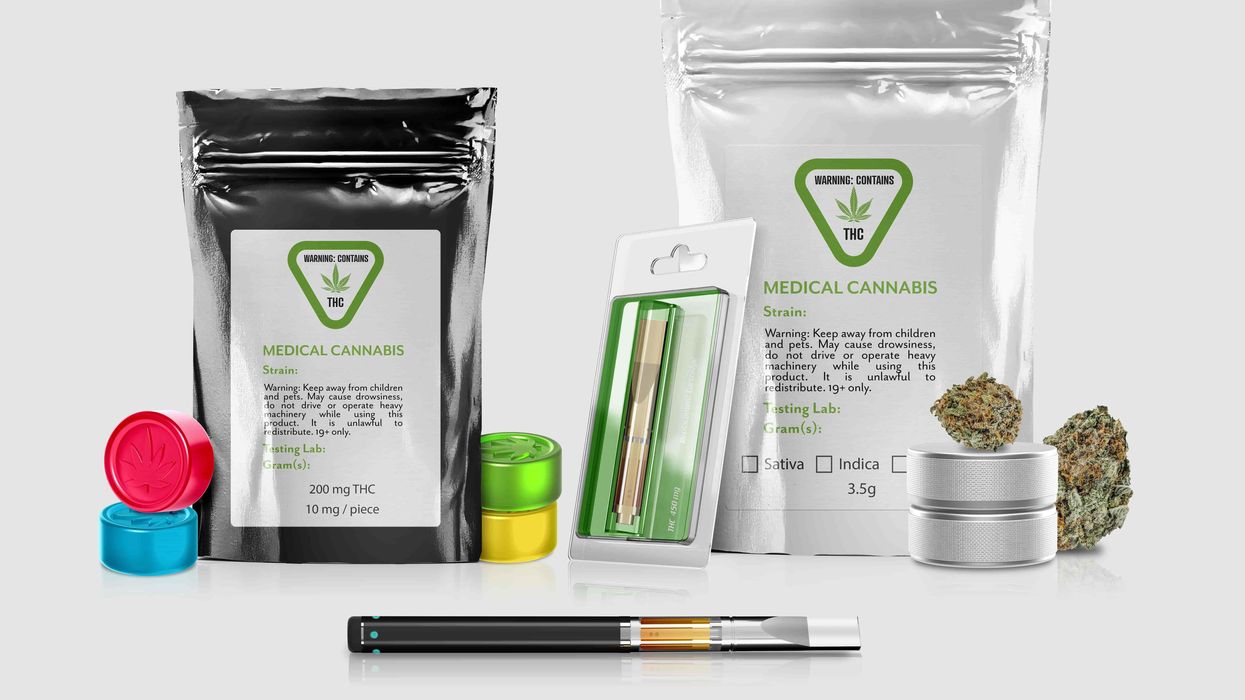


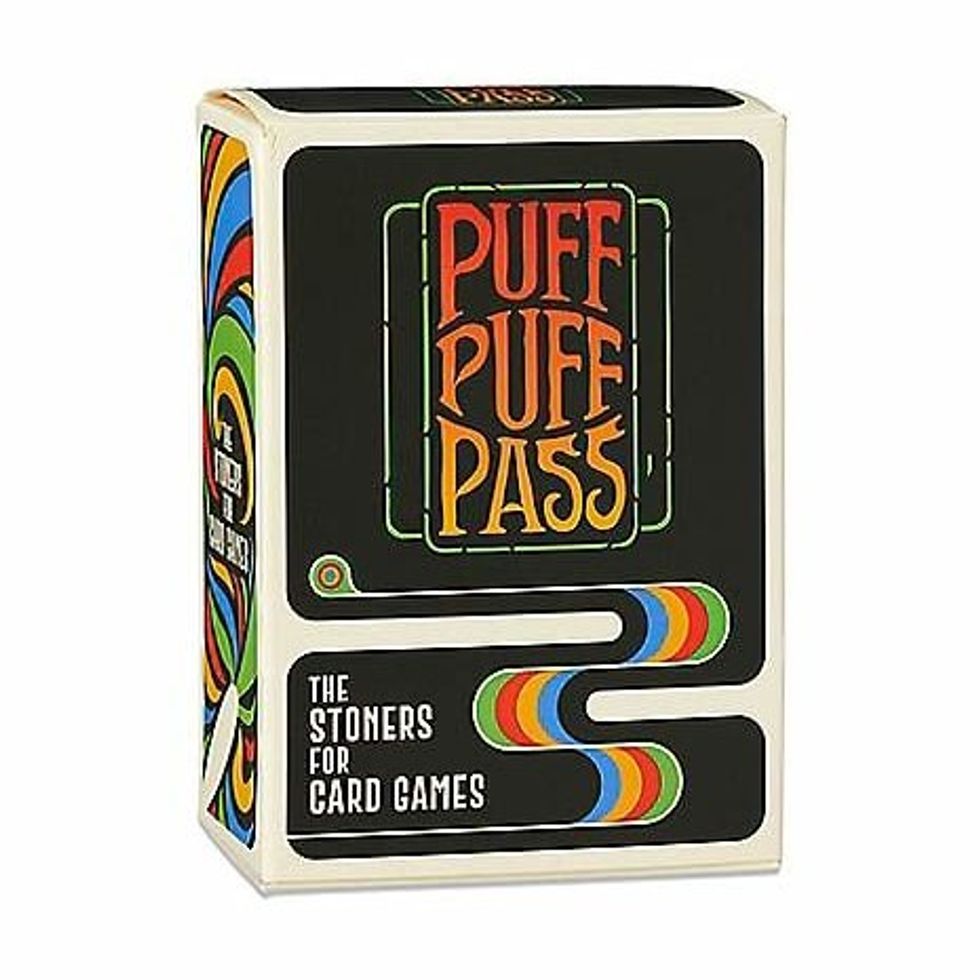
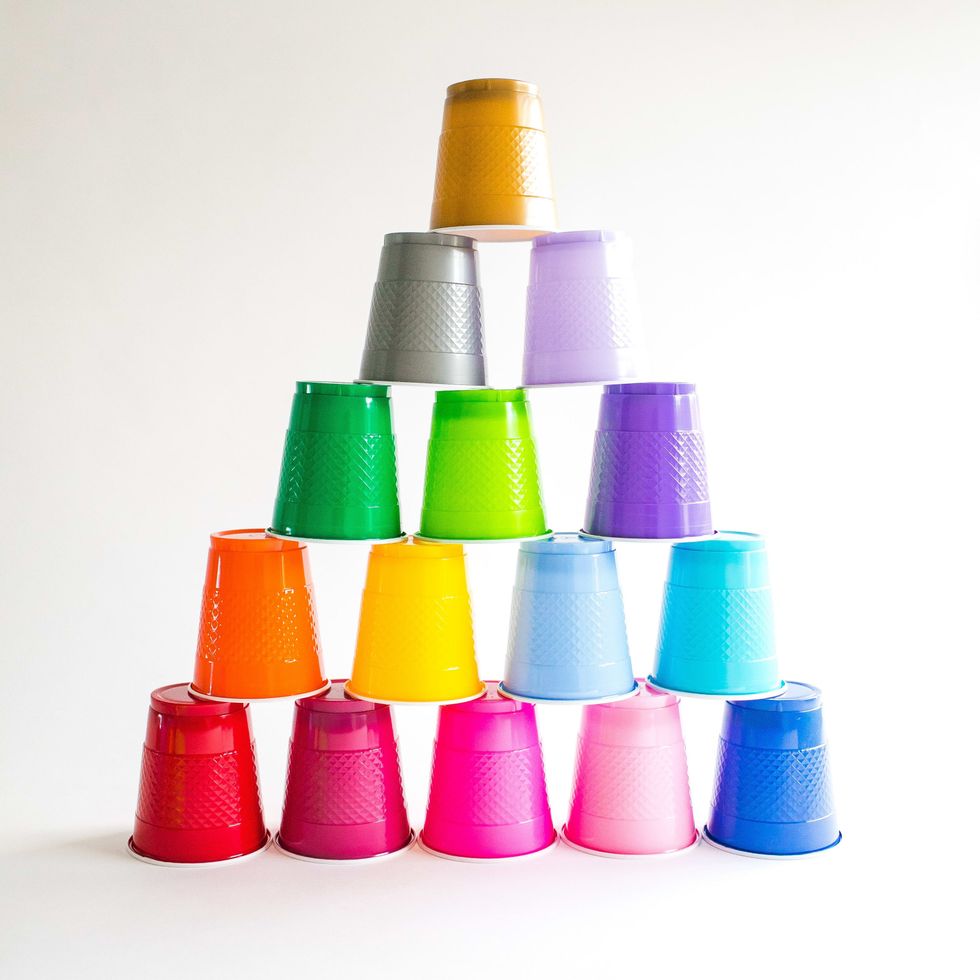
 Best Weed Smoking Games to Try - Jammin'
Best Weed Smoking Games to Try - Jammin'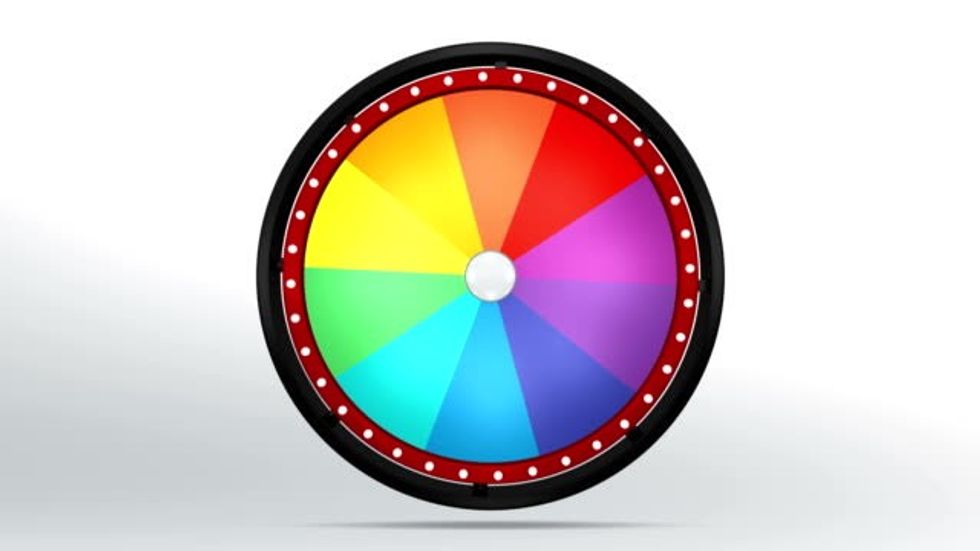 The 31 Best Weed Smoking Games To Try
The 31 Best Weed Smoking Games To Try The Best Weed Smoking Games
The Best Weed Smoking Games The Best Weed Smoking Games to Try
The Best Weed Smoking Games to Try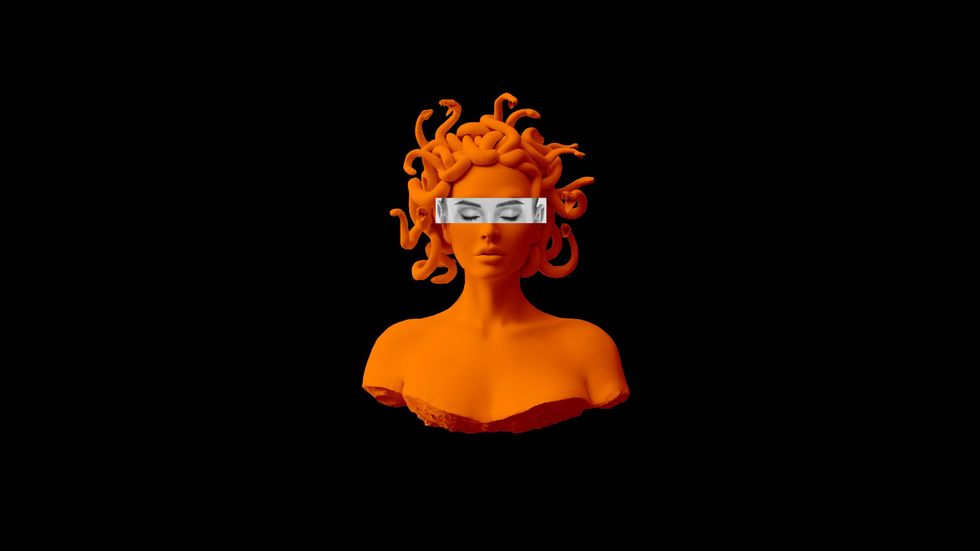
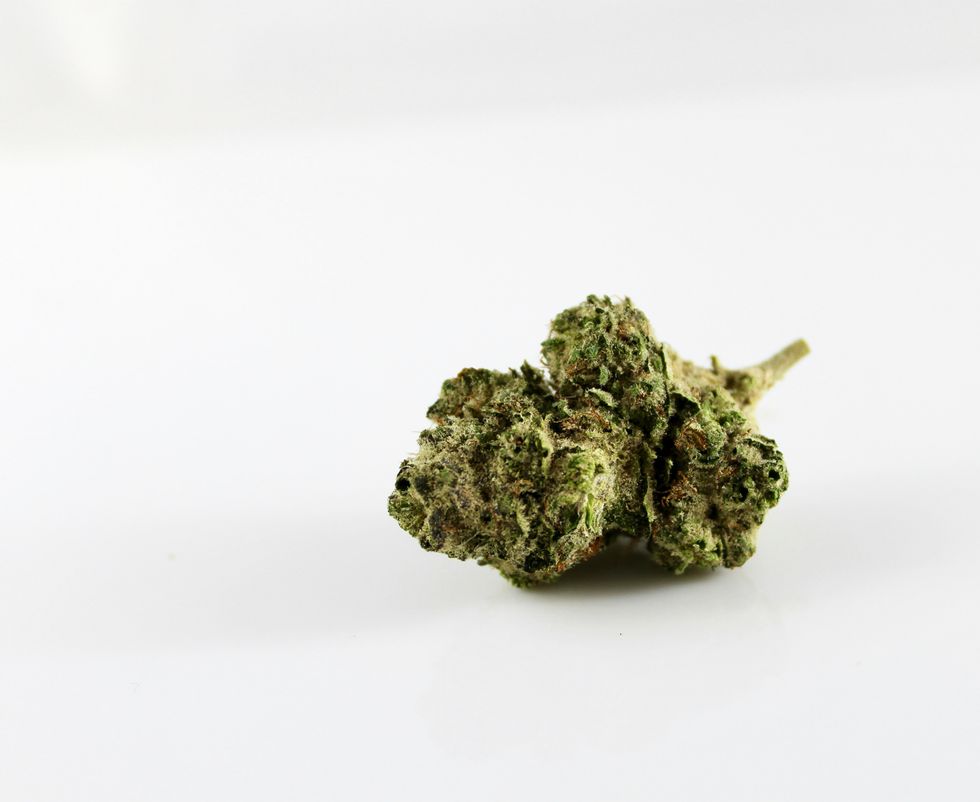
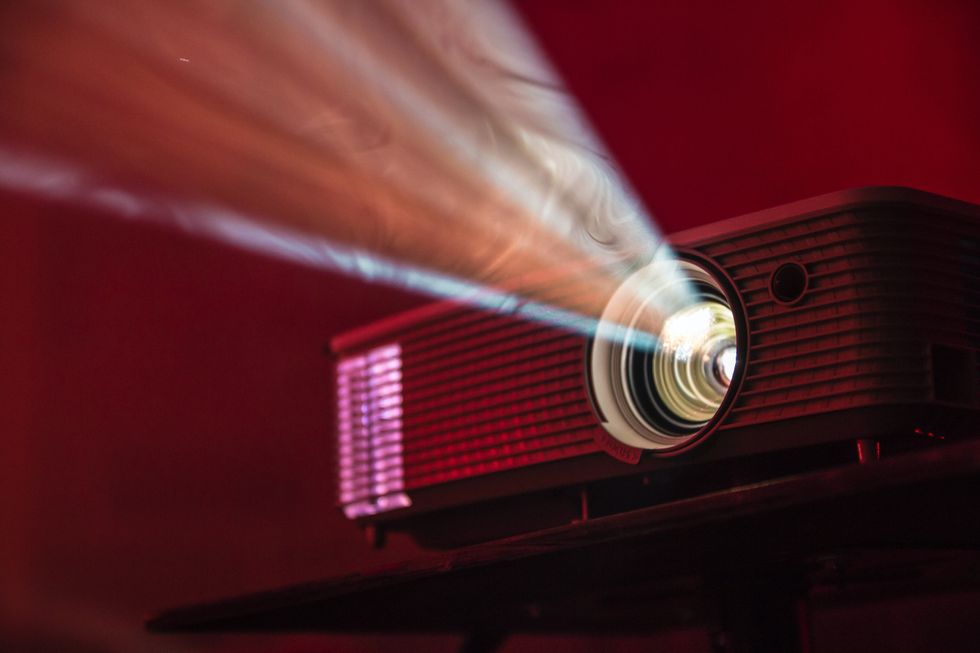 Stoner Games - Games to Play While High
Stoner Games - Games to Play While High The Best Weed Smoking Games to Play
The Best Weed Smoking Games to Play The Best Weed Smoking Games to Try
The Best Weed Smoking Games to Try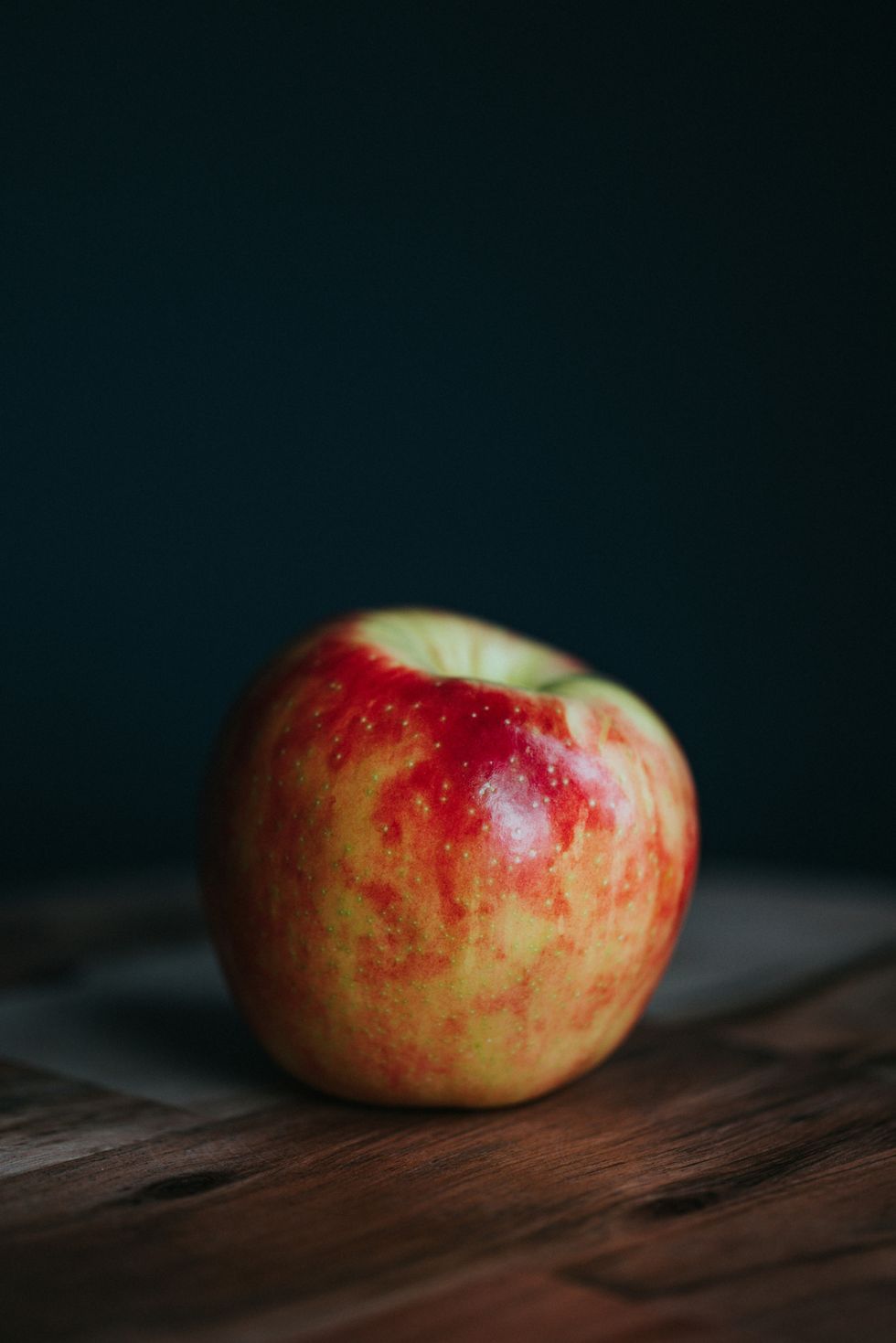
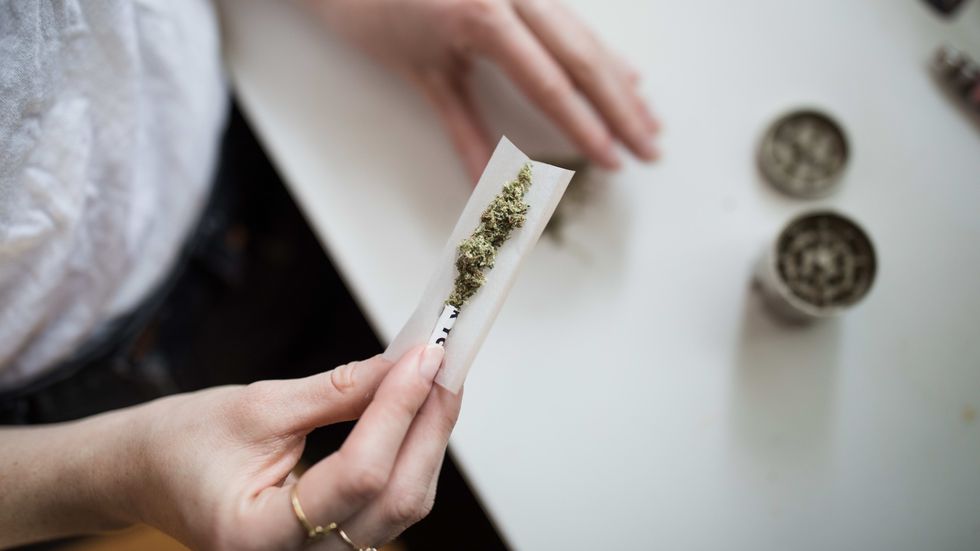 The Best Weed Smoking Games to Try
The Best Weed Smoking Games to Try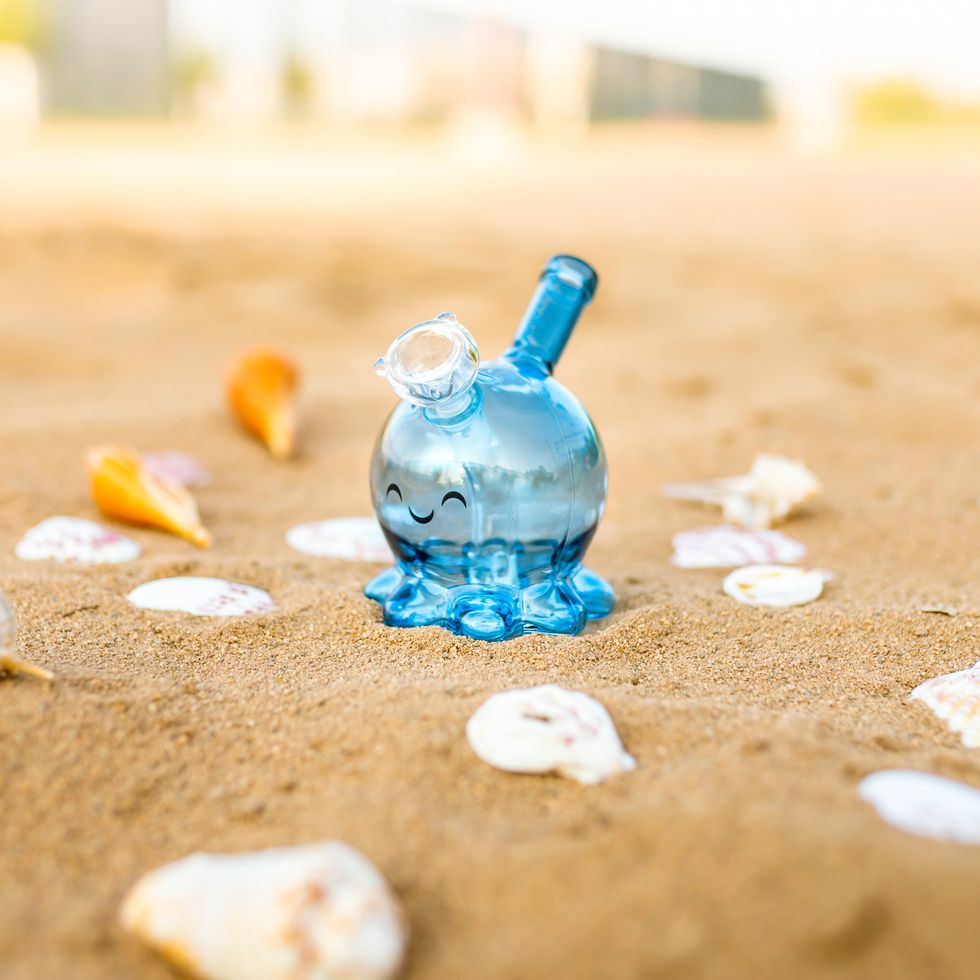
 The Best Weed Smoking Games to Play
The Best Weed Smoking Games to Play The Best Weed Games to Play
The Best Weed Games to Play The Best Weed Smoking Games to Try
The Best Weed Smoking Games to Try The Best Weed Smoking Games to Play
The Best Weed Smoking Games to Play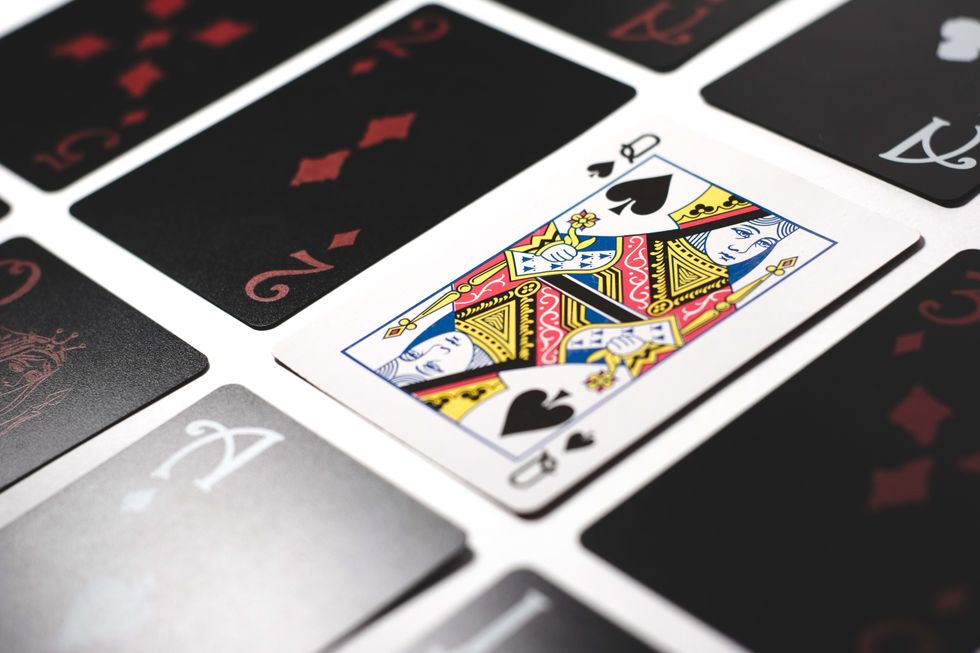 The Best Weed Smoking Games to Try
The Best Weed Smoking Games to Try Games for Stoners
Games for Stoners  woman in white and blue floral shirt sitting beside woman in white and black floral shirtPhoto by
woman in white and blue floral shirt sitting beside woman in white and black floral shirtPhoto by 
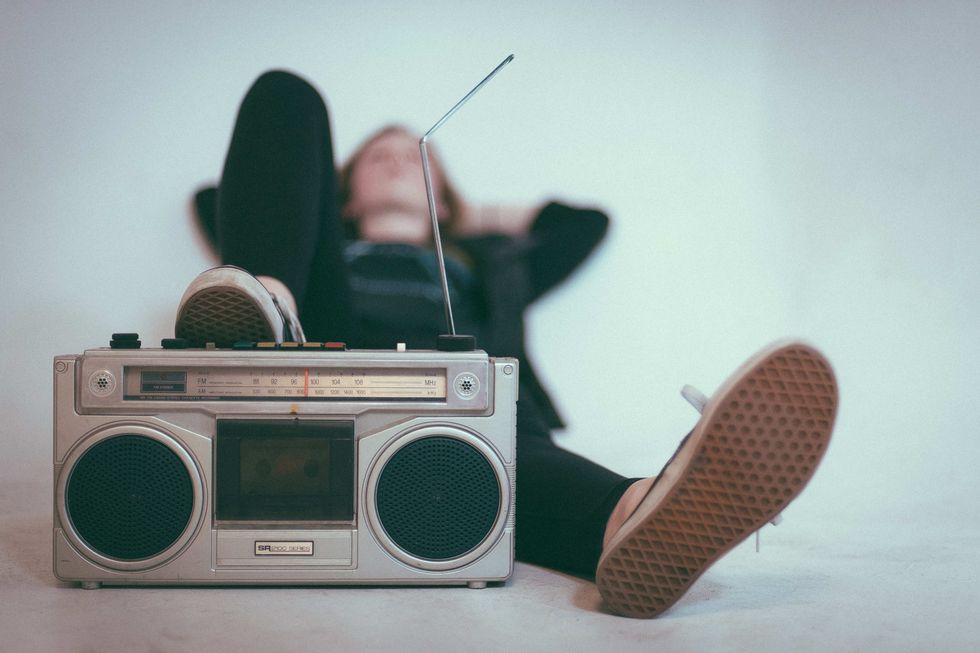 The Best Weed Smoking Games to Play
The Best Weed Smoking Games to Play
 The Best Weed Smoking Games to Try
The Best Weed Smoking Games to Try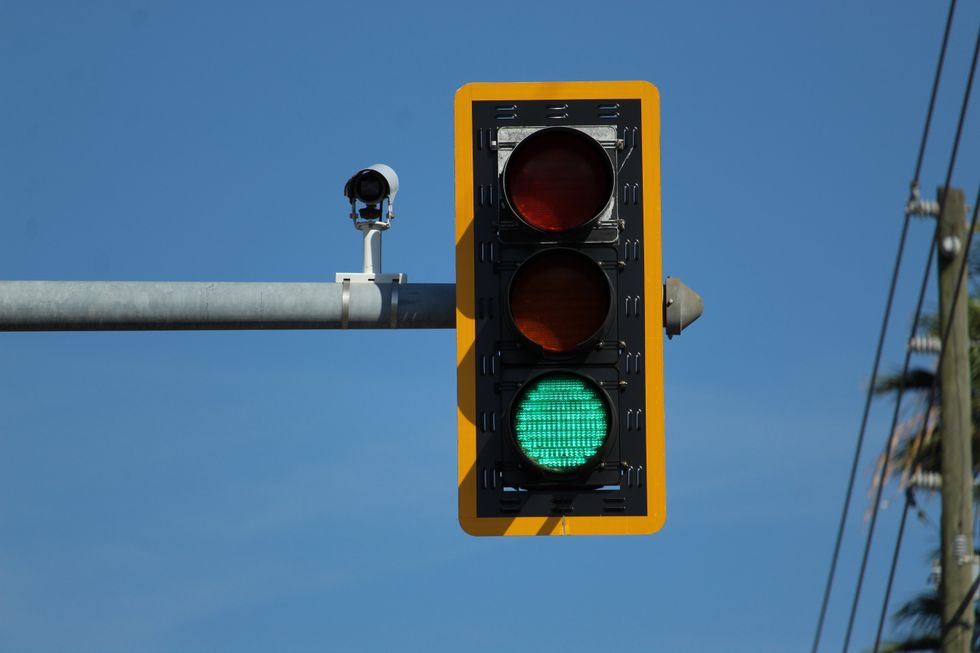 The Best Weed Smoking Games to Try
The Best Weed Smoking Games to Try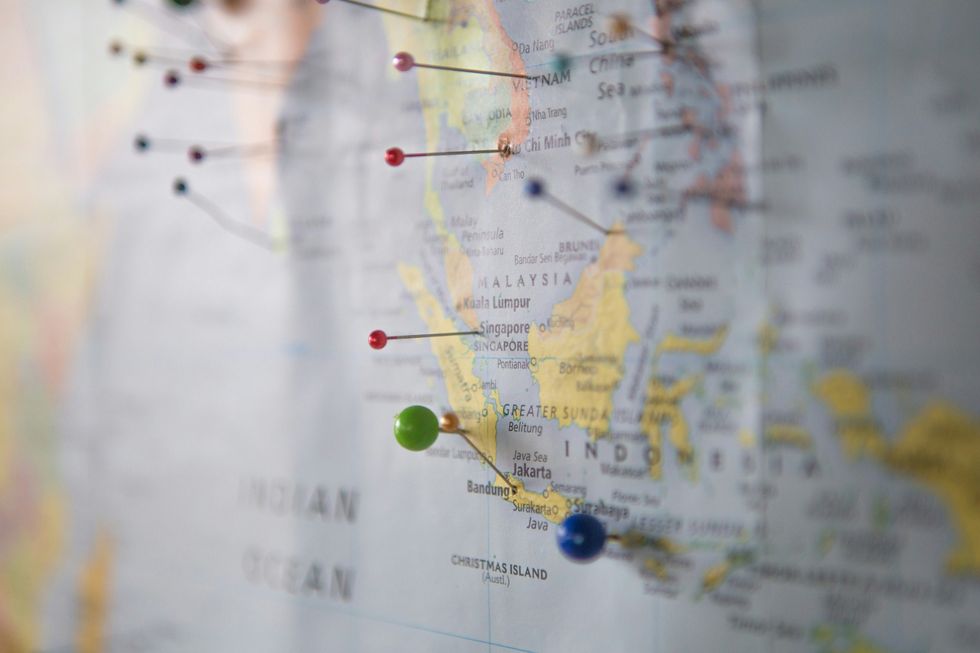 world map with pinsPhoto by
world map with pinsPhoto by 
 The Best Weed Smoking Games to Try
The Best Weed Smoking Games to Try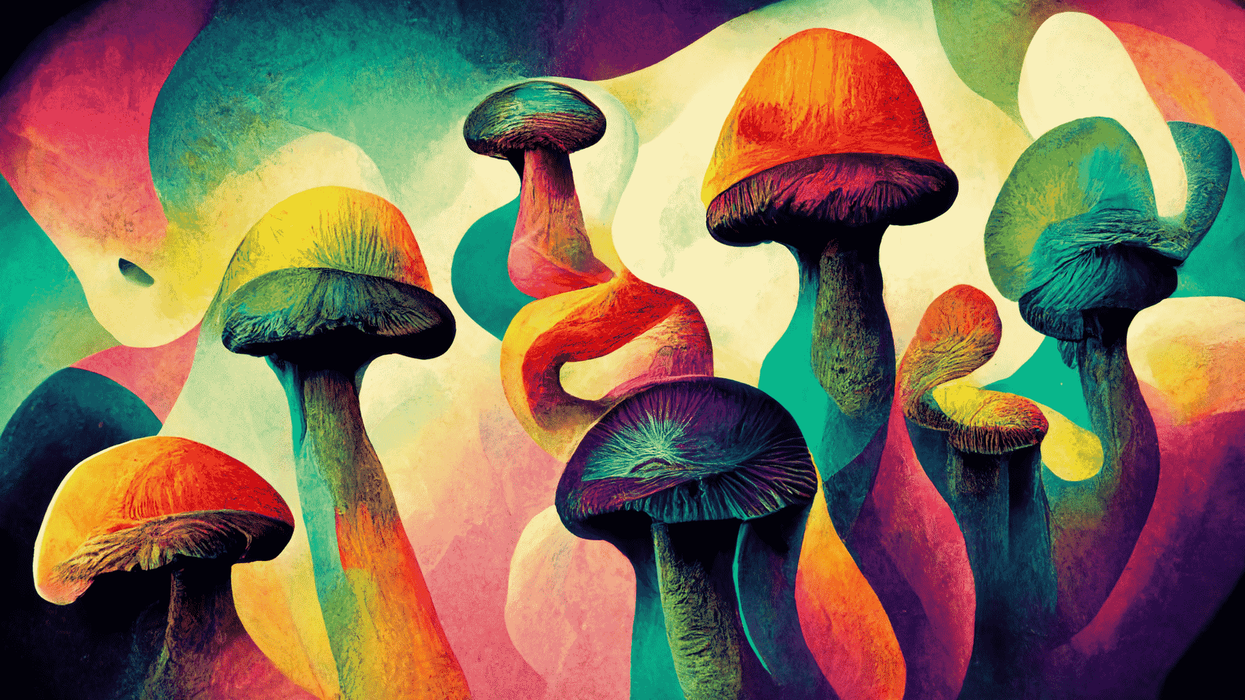

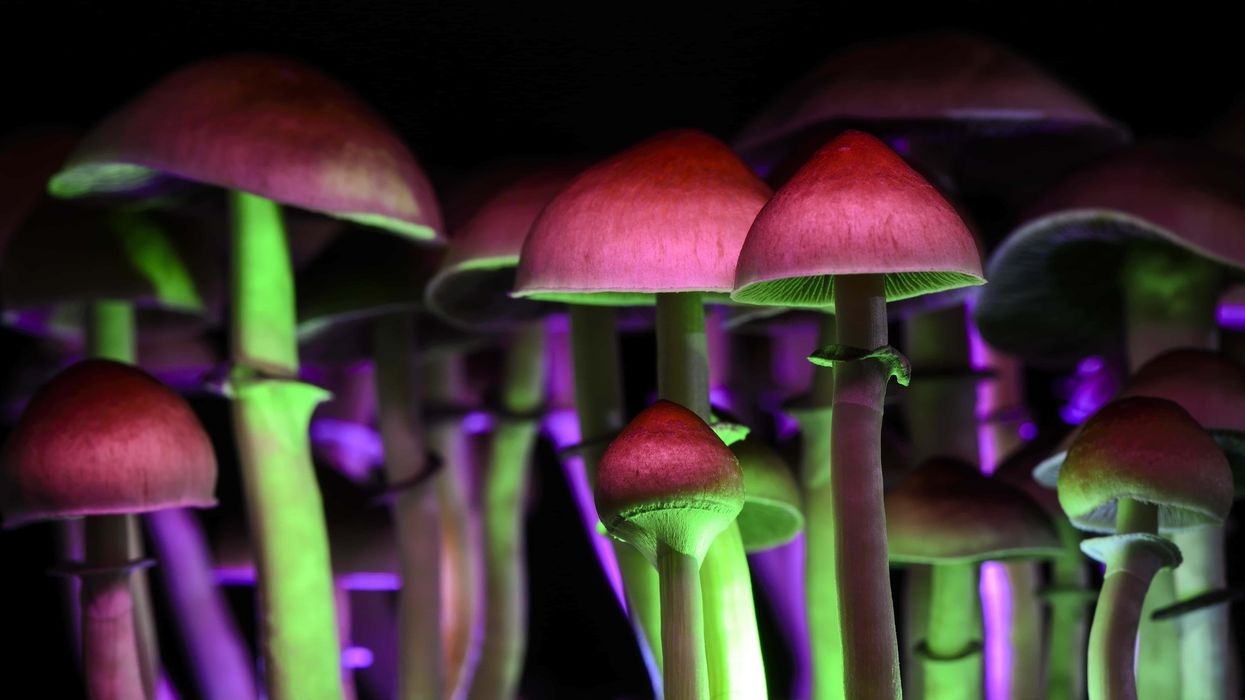


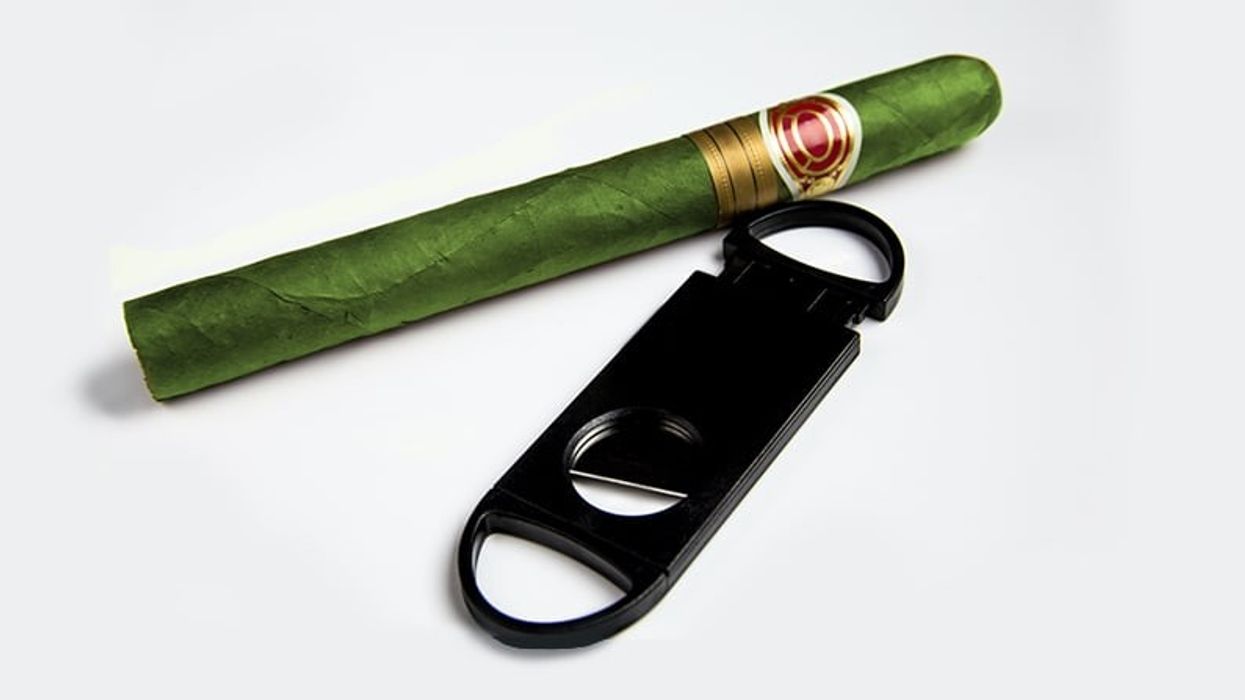
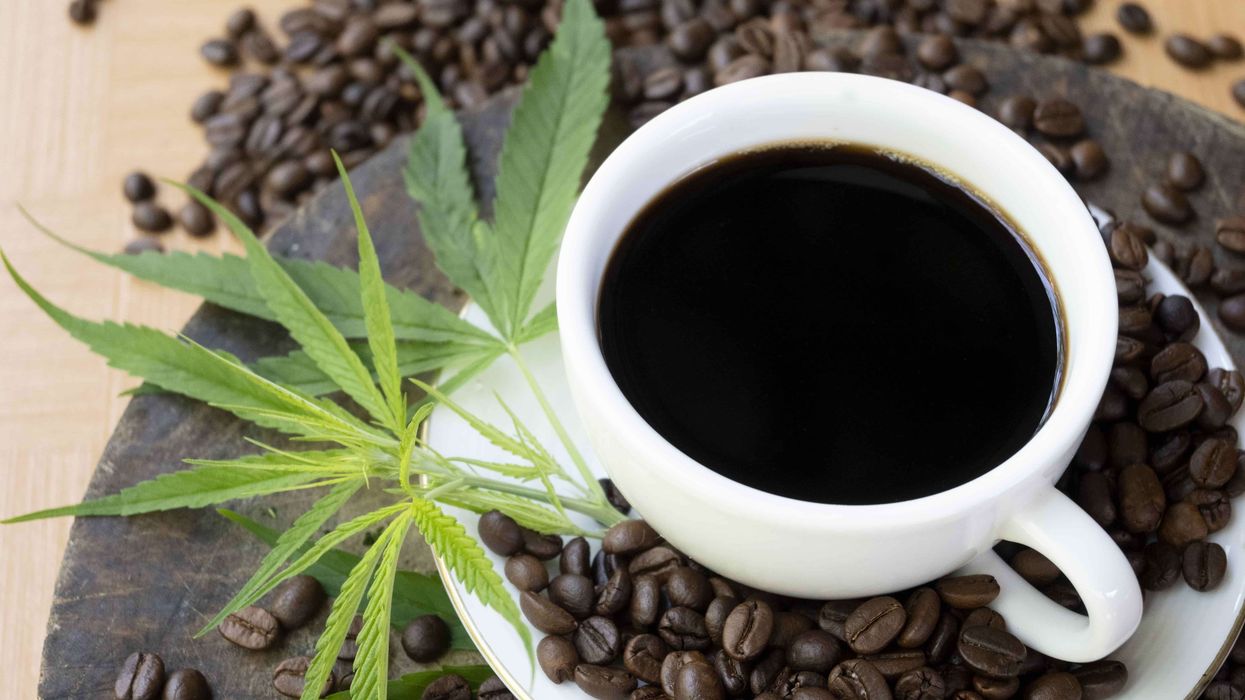
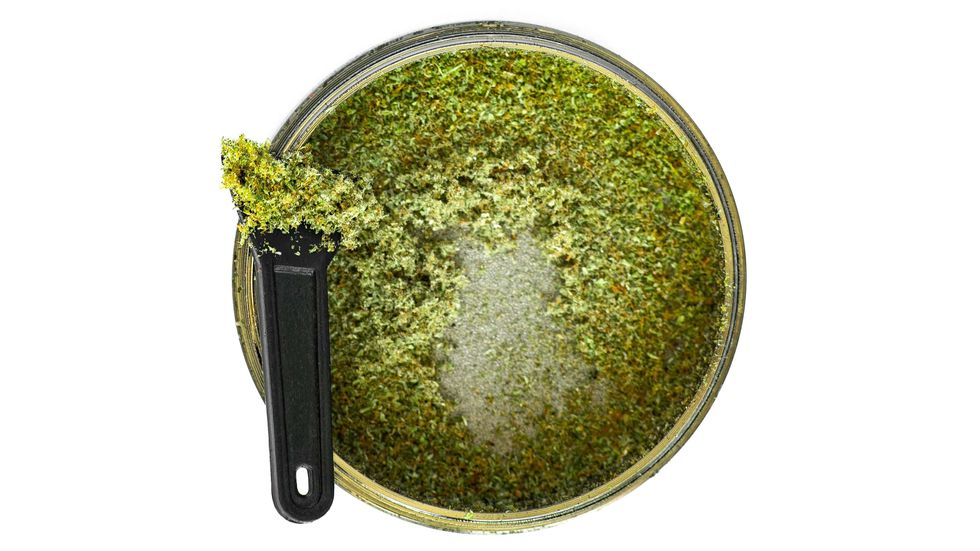 What will you do with that cannabis kief collection? - Make Coffee! The Bluntness
What will you do with that cannabis kief collection? - Make Coffee! The Bluntness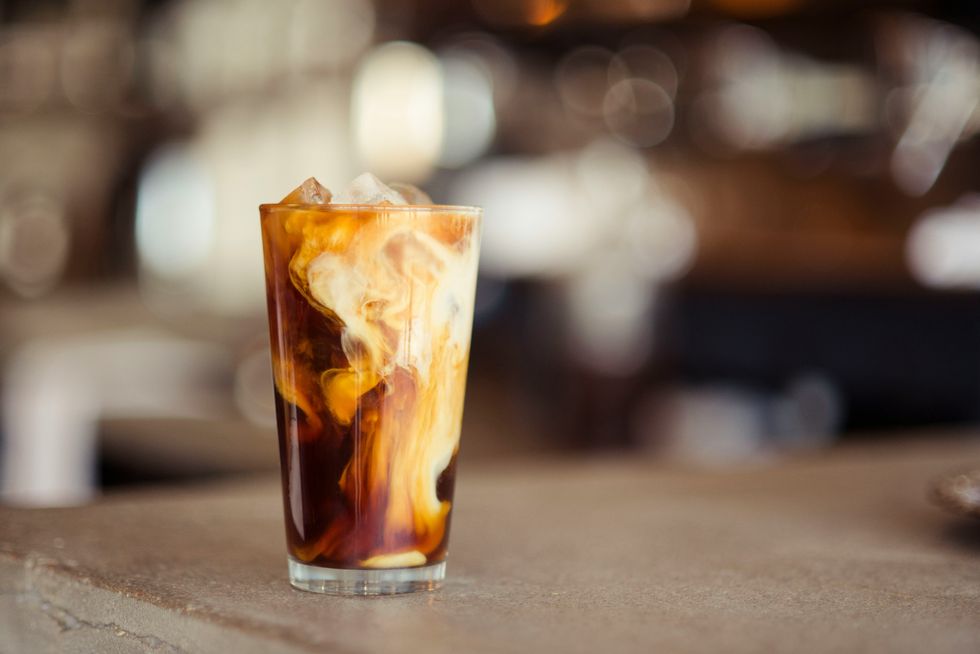 DIY: How to Make Kief Coffee - The Bluntness
Photo by
DIY: How to Make Kief Coffee - The Bluntness
Photo by 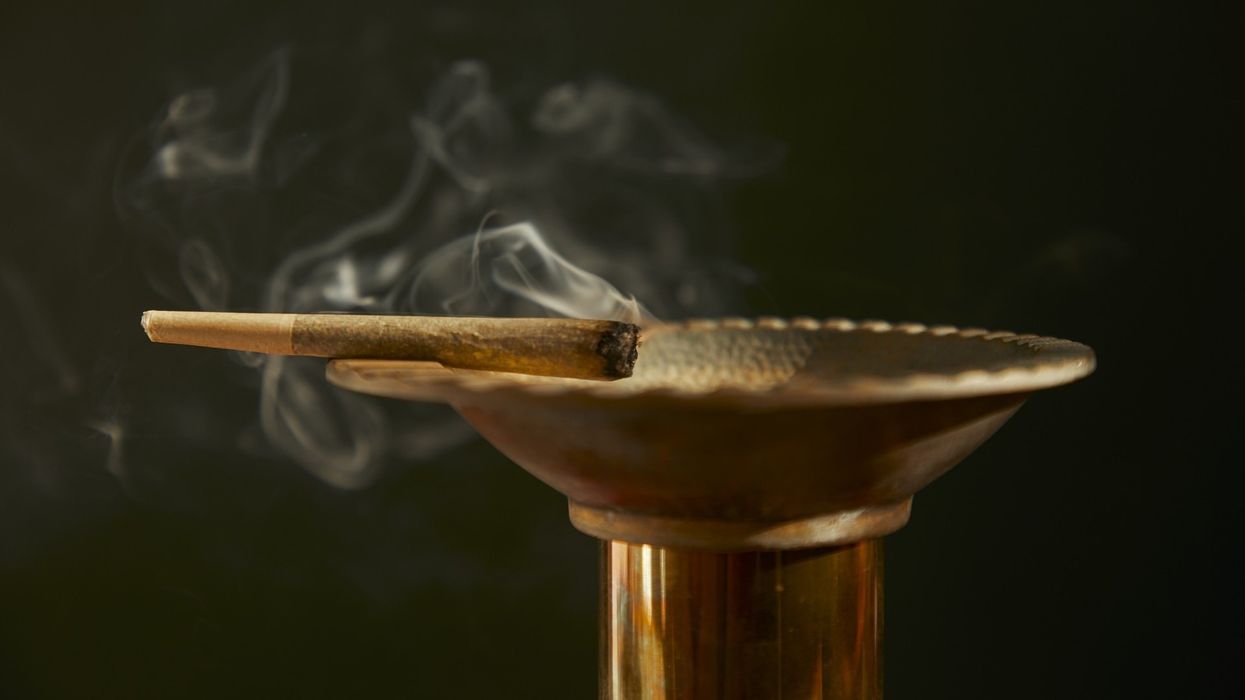
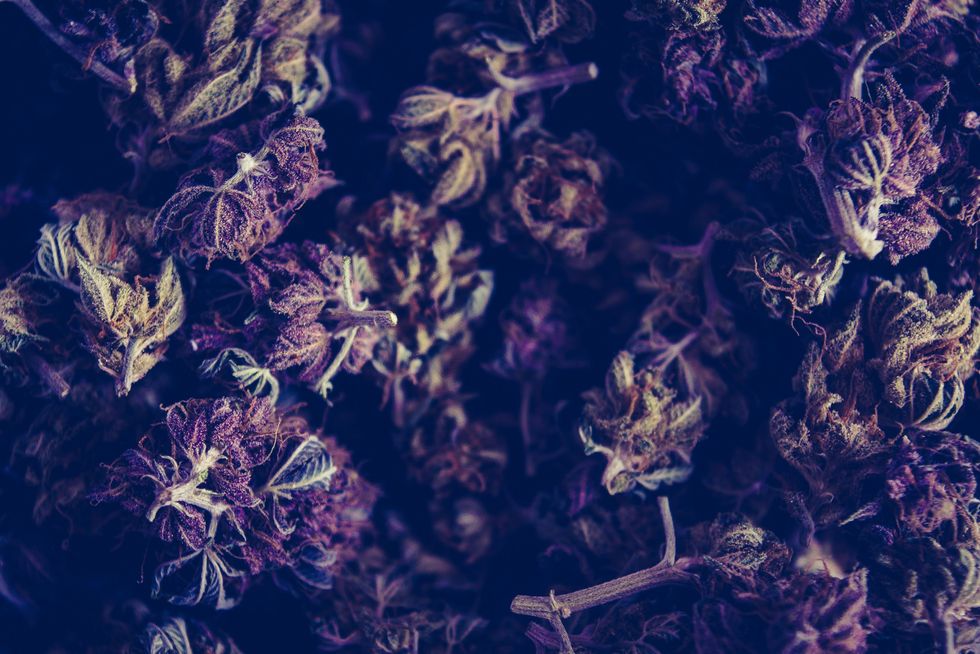 What is reggie weed? - The Bluntness
Photo by
What is reggie weed? - The Bluntness
Photo by 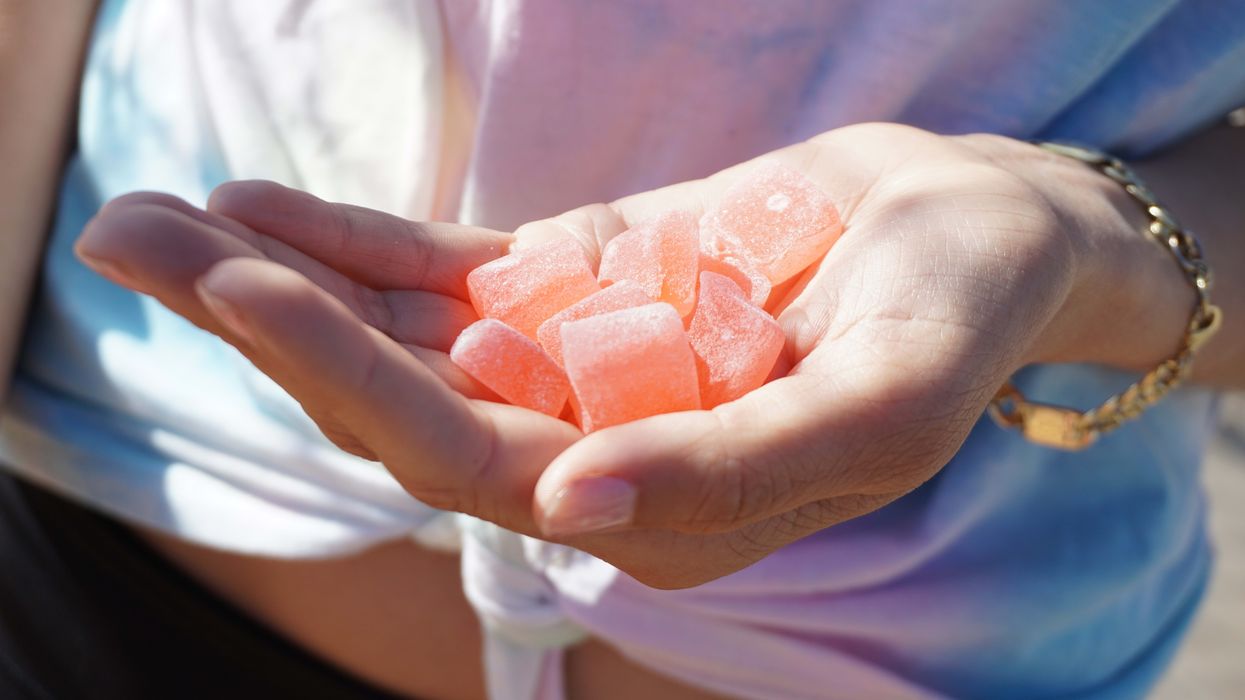
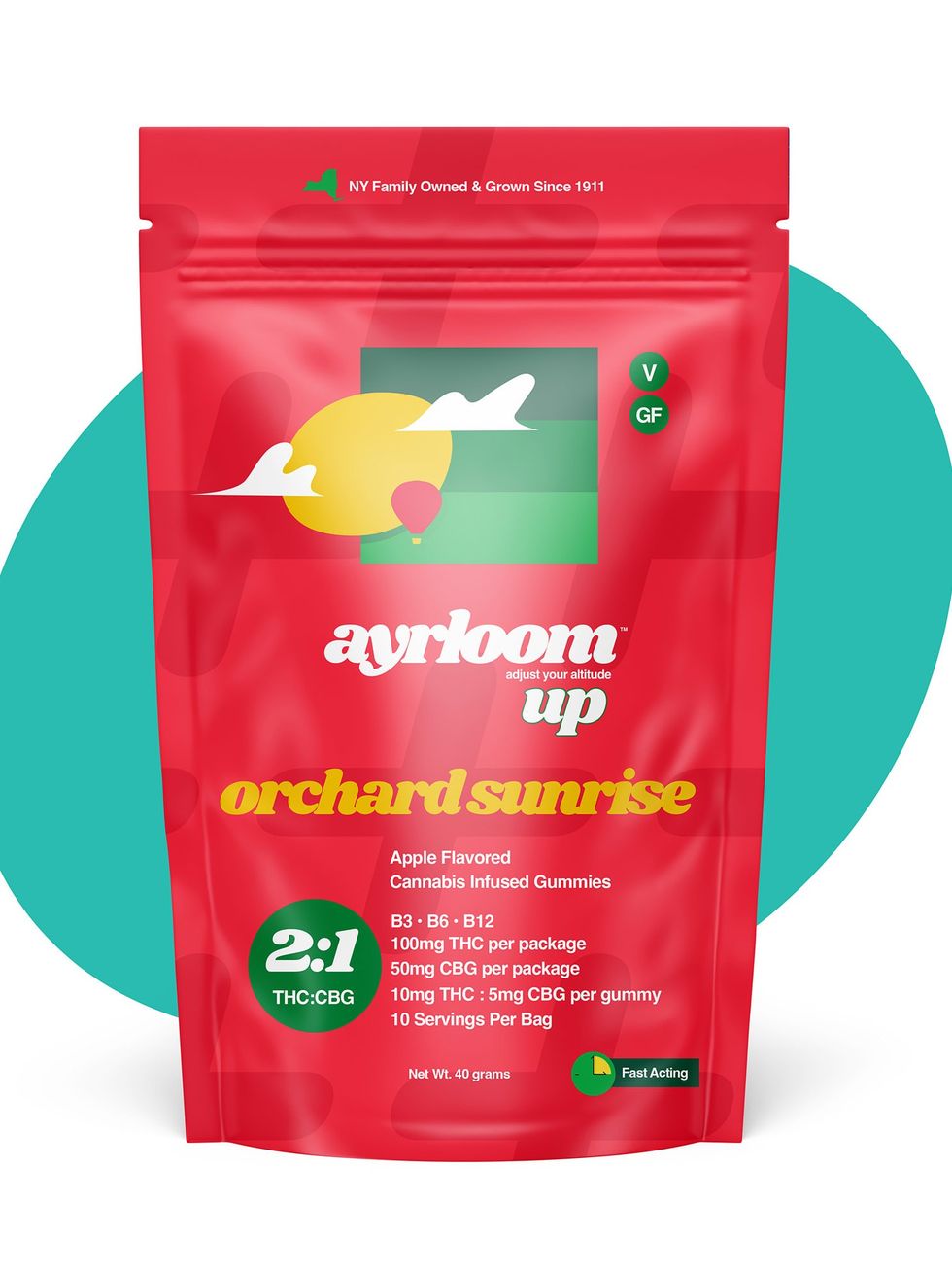 Ayrloom Orchard Sunrise Cannabis Infused Gummies
Ayrloom Orchard Sunrise Cannabis Infused Gummies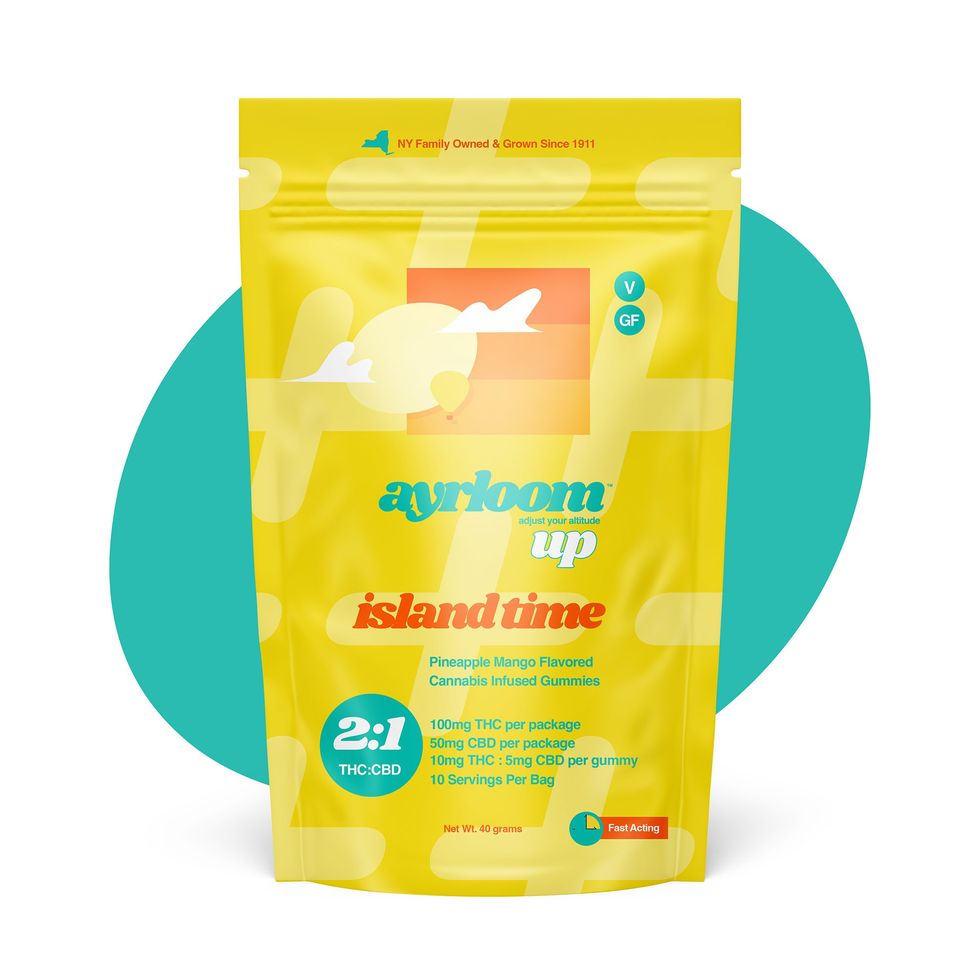 Ayrloom Island Time THC Gummies - Pineapple Mango Flavor
Ayrloom Island Time THC Gummies - Pineapple Mango Flavor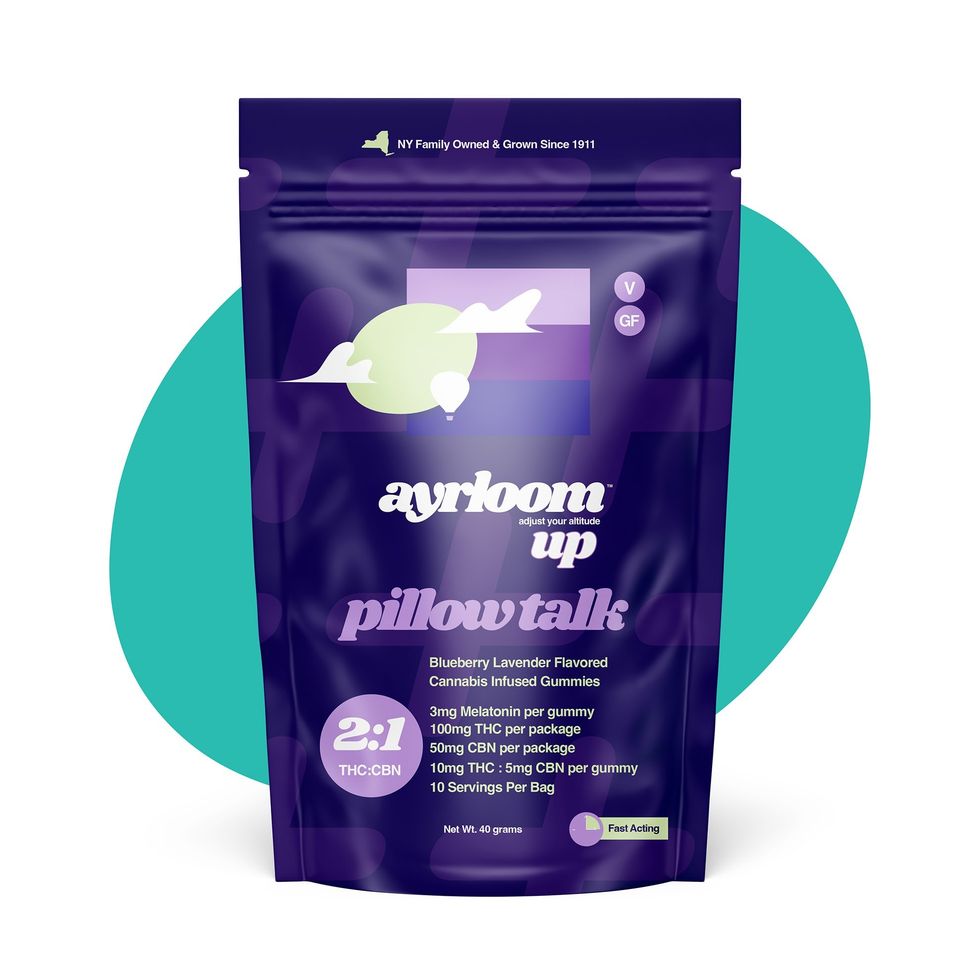 Ayrloom Pillow Talk - Sleep Gummies
Ayrloom Pillow Talk - Sleep Gummies 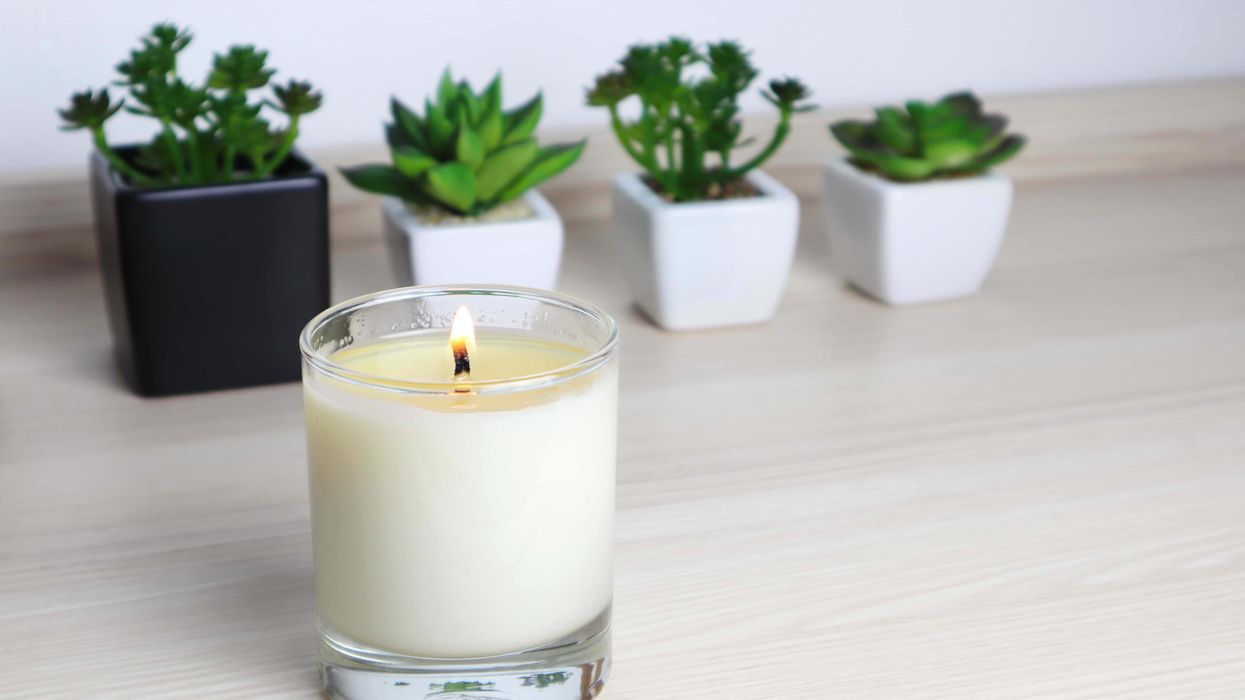
 The Truth About THC Candle: Cannabis Candles & How to Make Your Own - The Bluntness
Photo by
The Truth About THC Candle: Cannabis Candles & How to Make Your Own - The Bluntness
Photo by